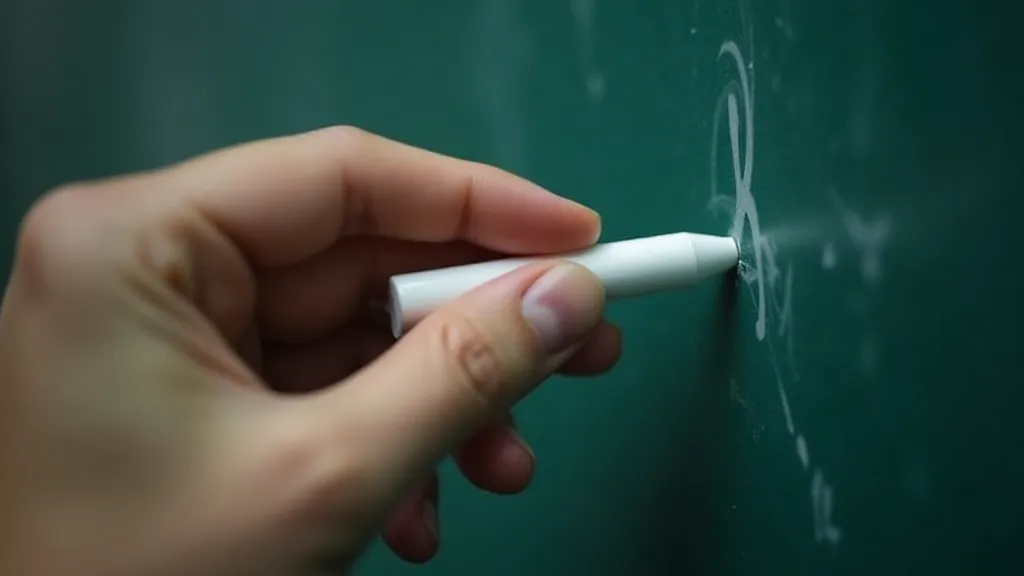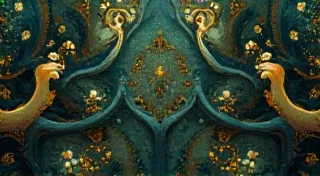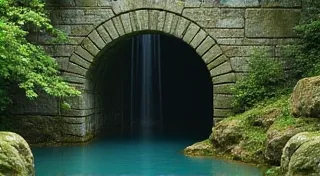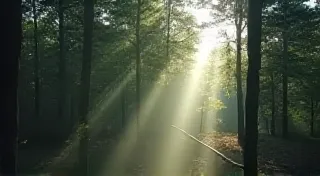The Oracle's Script: Translating Complex Ideas into Simple Chalkboard Messages
There’s a quiet poetry in the fading beauty of an antique accordion. The worn bellows, the ivory keys yellowed with age, the faint scent of wood and time…it speaks of journeys, of laughter, of countless performances shared across generations. It’s a physical embodiment of tradition, a conversation across decades. And it struck me, while admiring an old Hohner Tango I recently acquired, that translating complex ideas into simple chalkboard messages is not dissimilar. Both require a profound understanding of a craft, a respect for its history, and an ability to distill essence into something accessible and deeply resonant.
Think about the accordion itself. A truly masterful instrument is a symphony of intricate engineering – tiny levers, precisely cut reeds, the art of air pressure and resonance all working in harmony. Yet, the resulting music can be profoundly simple, a familiar waltz or a heartfelt polka. Similarly, the most impactful chalkboard art doesn't overwhelm with detail; it uses clarity and visual economy to communicate a powerful message.
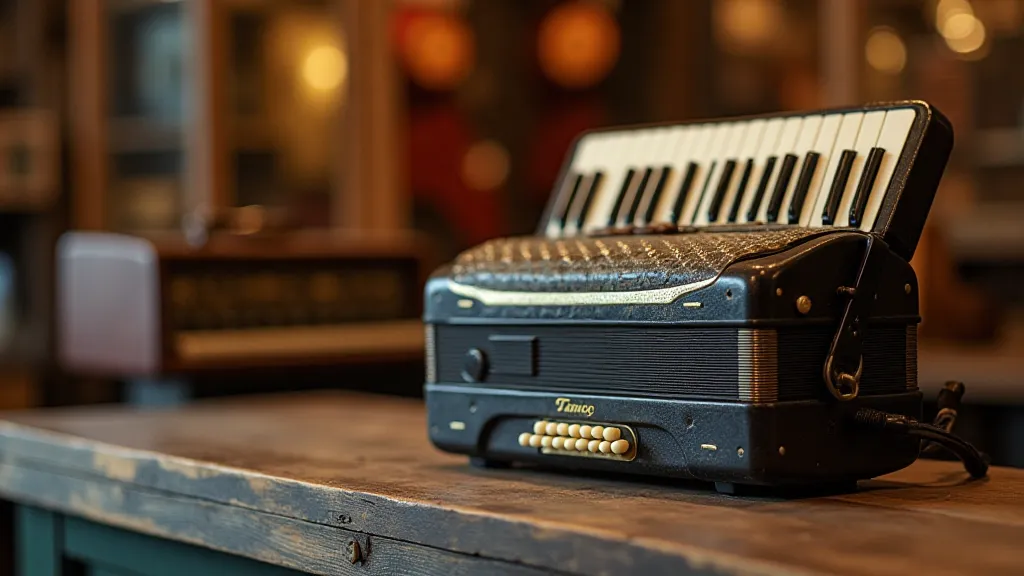
The History of Chalkboards and Concise Communication
The chalkboard, of course, isn't new. Its roots reach back to the slate board, a teaching tool popular in the 19th century. Before projectors and digital displays, the chalkboard was the primary canvas for educators, lecturers, and public announcers. It demanded brevity, clarity, and a certain visual grace. Imagine a schoolteacher in a one-room schoolhouse, patiently explaining fractions or historical dates to a room full of eager children – her chalkboard messages needed to be instantly understandable, regardless of the student’s level of understanding. That inherent constraint, that need for simplicity, fostered a unique aesthetic.
The same principles applied to shop signs, market announcements, and even political posters. When every character counted – literally – the message had to be distilled to its most essential elements. This isn't about dumbing down information; it’s about prioritizing what’s truly important and presenting it in the most digestible format possible. Consider the elaborate advertisements of the Victorian era, often hand-lettered on large chalkboards – the flourishes and decorative elements served a purpose: to draw attention and convey a sense of quality, but the core message remained clear and concise.
Understanding Your Audience: The First Step to Clarity
Just as an accordionist must understand the nuances of their instrument and the preferences of their audience, a chalkboard artist must begin with understanding their intended viewer. Who are you trying to reach? What level of knowledge do they already possess? Are they seeking inspiration, information, or simply a touch of beauty?
If you're creating a chalkboard message for a children’s museum, for instance, you’ll likely employ a different approach than if you’re crafting signage for a sophisticated art gallery. The children’s message might feature whimsical characters, bold colors, and playful lettering. The art gallery message, however, might utilize a more understated font, a limited color palette, and a focus on elegant composition.
Chalk Lettering Techniques for Impact
The technical aspects of chalkboard lettering are important, but they're only as valuable as the underlying conceptual understanding. Mastering basic techniques like consistent letter height, spacing, and weight is crucial, but true artistry lies in knowing *when* to break those rules. Consider the effect of a single, dramatically larger letter to emphasize a key word or phrase. Think about the power of negative space – the empty areas around your letters – to create visual breathing room and draw the eye to the most important elements.
Experiment with different lettering styles – from classic serif fonts to playful script faces. Don’t be afraid to incorporate illustrative elements – simple drawings or icons – to add visual interest and reinforce your message. Remember, the goal is not just to create a beautiful sign; it's to create a message that resonates with your audience.
Restoring a Message: The Art of the Erasable
There's a poignant beauty in the ephemeral nature of chalkboard art. Knowing that a masterpiece can be erased with a single swipe is part of its charm. It encourages spontaneity, experimentation, and a willingness to let go. However, appreciating this ephemeral quality also lends a sense of reverence for the creation process. Seeing a faded, aged chalkboard sign – a remnant of a long-forgotten business or event – evokes a sense of history and nostalgia.
Much like restoring an antique accordion requires a delicate touch and an understanding of its construction, preserving a chalkboard message – whether through photography or careful documentation – is a form of artistic preservation. It acknowledges the temporary nature of the art while honoring its significance.
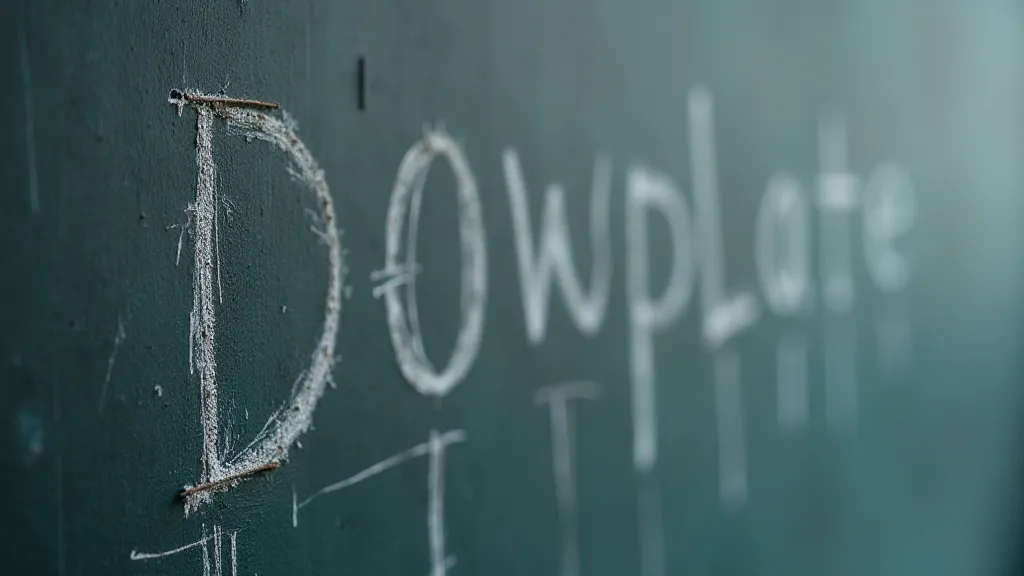
The Accordion’s Echo: A Synthesis of Craft and Communication
The process of translating complex ideas into simple chalkboard messages isn’s merely about lettering or design; it’s about empathy, understanding, and a deep respect for the audience. It demands a mindful reduction, a deliberate stripping away of extraneous details to reveal the essential truth. Just as an accordionist draws the soul of a melody from a collection of reeds and bellows, a chalkboard artist draws clarity and impact from a limited palette of chalk and space.
There’s a quiet power in simplicity. It allows the message to speak for itself, to resonate with its audience on a deeper level. And, perhaps, if you listen closely, you can hear the echo of that antique accordion—a reminder that true artistry lies not in complexity, but in the ability to distill the essence of something beautiful into a message that can be understood and appreciated by all.
